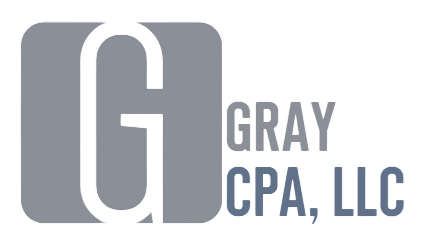Estimated Tax Payments for Small Business
Taxes have a reputation of being a difficult season to conquer. Whether you are an individual taxpayer or a small business owner, tax planning can be understandably stressful. However, with the correct information and tools, tax season could be a more smooth experience
Consulting a tax advisor is often indispensable in learning when, if, and how you will have to pay taxes as a small business owner. They will inform you of the local, state, and federal tax requirements applicable to your specific business model.
There are many questions revolving around taxes for small business owners. Do I pay taxes more than once per year? How much do I pay? How should I pay? We will cover these questions and more in this article and explain the importance of understanding estimated tax payments for small businesses.
When to Pay Taxes
It is commonly known that taxpayers are required to file their taxes once annually. However, self-employed individuals and small business owners are expected to make additional quarterly tax payments. The due dates for these estimated payments are as follows:
April 15
June 15
September 15
January 15 of the next year
In the event that any of these dates falls on a public holiday or weekend, the next business day will be the date that you must make the payment. For example, this year the first quarterly payment due date is April 18th, 2023.
Furthermore, you must be aware that certain business models, for example, S-Corps, C-Corps, and partnerships, may have different deadlines than what is listed above. Work with your tax advisor to find out what schedule and forms are relevant to the type of business that you have.
How Much to Pay in Taxes
It is mandatory for businesses to pay taxes on the income that they have earned in a year. If you know that you will owe the IRS $1,000 or more in taxes, you will have to make estimated tax payments for your small business.
Also, if you expect your withholding income and tax credits to be less than 90% of your taxes or 100% of the taxes shown on the previous year's tax return, you will have to make estimated quarterly tax payments.
The actual figures for estimated tax payments for small businesses are relative to the business. During tax planning, your tax advisor can assist you in calculating what your quarterly payments will be. There are online calculators that you can also utilize to determine these figures.
Tax payments for small business owners involve income tax and self-employment tax. Income tax is what you are required to pay on any and all income, including profits made from the business and investment returns. Self-employment tax is the contribution that you would have been making to Social Security and Medicare (also known as FICA).
If you are unsure about the exact amounts that you should be paying in these types of taxes, the IRS has a helpful worksheet on Form 1040-ES that can help you to calculate your estimated annual taxes, which you will then divide by four to determine your quarterly tax payments.
It is important to note that you must pay enough taxes each quarter in order to avoid being charged a penalty. For seasonal businesses, that is if your business generally brings in more income at certain times of the year in contrast to other months (i.e. boutique hotels), you must modify the amount you pay in taxes to match the income that you have earned.
How to Pay Taxes
There are a few options for submitting your estimated payments as a small business owner. The following methods are accepted by the IRS:
Pay online via the IRS website
Pay via the Electronic Federal Tax Payment System (EFTPS)
Pay by check or money order and utilize the mailing vouchers provided in the Form 1040-ES
Pay with a debit or credit card
As a small business owner, it is imperative that you use one of these payment methods to remit your estimated tax payment to the IRS on the quarterly tax payment deadlines throughout the year. Consider setting a reminder so that you do not forget. If you miss a payment deadline, you will be at serious risk of being charged a penalty.
Final Notes
As a small business owner, tax planning is not to be done only one month out of each year. It is a year-round process due to the estimated tax payments for small businesses. Since payments must be made each quarter, your tax advisor will possibly play an integral role in your business.
It is vital that you send these payments to the IRS each quarter, since if you fail to do so, your payment at the end of the year might be more monstrous than you would imagine. Using an online calculator to determine what your payments will be and setting reminders to ensure timely payments are made will create an easier tax process throughout the year.
